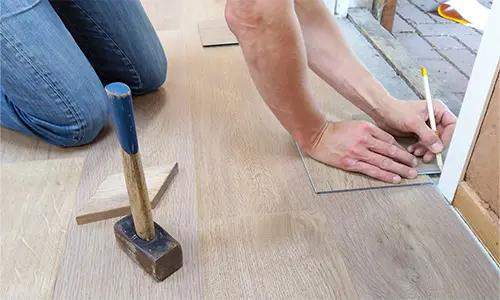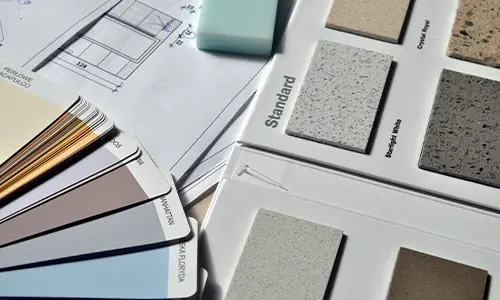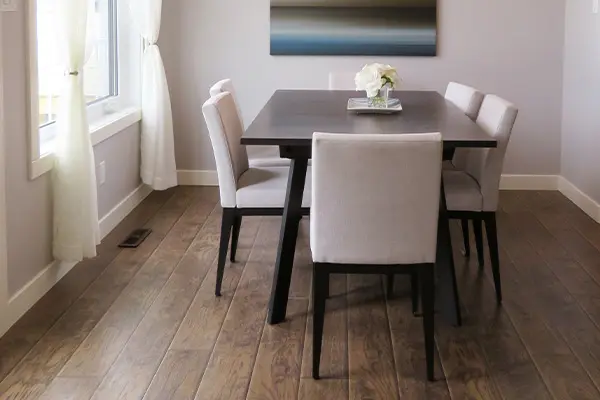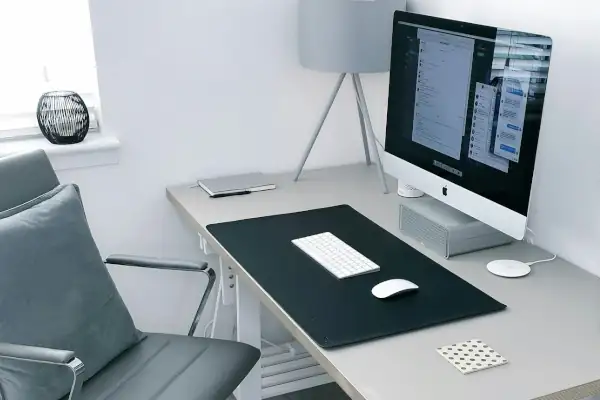Choosing the right floors for your home remodel
Whether you’re renovating a single room or giving your entire home a makeover, one of the most crucial decisions you’ll face choosing the right floors for your remodel. After all, the floors serve as the foundation of your space, setting the tone for its style, comfort, and functionality.
Choosing the right floors for your remodeling project involves careful consideration of various factors, from aesthetics and durability to budget and maintenance requirements. But fear not! In this comprehensive guide, we’ll walk you through the essential steps to help you choose the right floors and make an informed decision that suits needs and preferences of your remodel.
Timing is key when it comes to installing new floors during a remodeling project. As a general guideline, it’s advisable to have the new floors installed after any major renovations, such as structural changes or subfloor preparation, but before painting and finishing touches. This ensures a seamless integration of the flooring with the rest of the remodel and minimizes the risk of damage to newly installed surfaces. Consulting with your contractor or flooring installer can help you create a timeline that aligns with the specific requirements of your project, ensuring a smooth and successful remodeling experience.
Matching Your Floors With Your Home's Style

When it comes to flooring, we’re not just factoring in practical considerations; we’re trying to match your home’s overall aesthetic. The last thing you want for a remodel, is for your floors to mismatch the rest of your home.
The first consideration on our journey is ensuring your new flooring aligns with the distinctive style of your home. Think of it as orchestrating a symphony where every note contributes to the grand composition—unless, of course, you’re gearing up for a substantial redecoration. In that case, you have a unique opportunity to reimagine your space from the ground up.
For instance, if your home exudes a vintage charm with cozy furnishings and warm hues, opting for sleek, modern flooring might disrupt the established ambiance. Conversely, in a modern, minimalistic setting, the introduction of vintage hardwood floors may create a captivating juxtaposition.
In essence, your flooring should seamlessly integrate into the narrative of your home, complementing the existing design scheme. As we explore various flooring options, consider how each choice resonates with your unique style. Let’s ensure that your floors become an integral part of the curated tapestry that is your home.
Picking Floors for Their Functionality

When you’re remodeling, another factor to consider is the function of certain types of flooring. Let’s shift our focus to the functionality each room demands. Your floors are not just silent observers; they play an active role in how each space is utilized, making practicality a crucial factor in our decision-making process.
Consider the nature of each room in your home – they all have unique needs. Take, for instance, your kitchen and bathroom. These areas are more prone to moisture, spills, and fluctuating temperatures. Placing a plush carpet in these spaces might not be the most practical choice. Conversely, a durable, water-resistant option like tile or vinyl can be a game-changer in such environments.
Living rooms and bedrooms, on the other hand, call for flooring that emphasizes comfort without compromising on style. Hardwood or carpet might be excellent choices in these spaces, creating an inviting atmosphere while catering to the specific demands of each room.
It’s essential to envision how your chosen flooring will stand up to the daily activities of each space. So, as we explore different flooring types, consider the practical demands of your kitchen, the serenity of your bedrooms, and the functionality of your living areas. Let’s ensure your floors not only look exceptional but also align seamlessly with the unique needs of each room in your cherished home.
Considering The Cost

Now that we’ve explored the artistic and functional aspects of flooring, it’s time to introduce a practical element into our decision-making process – cost considerations. While your ideal flooring should certainly match your style and perform admirably in each room, it’s equally important to ensure that the financial investment aligns with your budget.
Let’s break down the costs involved in bringing your flooring vision to life:
- Material Costs: This is the price tag attached to the flooring material itself. Hardwood, laminate, tile, vinyl, and carpet all come with varying costs, so it’s essential to weigh the options against your budget.
- Installation Charges: Professional installation ensures a flawless finish. However, it comes with a price. Consider this when budgeting for your flooring project.
- Baseboards and Trims: Often overlooked, these finishing touches contribute to the overall aesthetics of your flooring. Don’t forget to account for the cost of baseboards and trims when planning your budget.
- Staining or Finishing Costs: If you opt for natural materials like hardwood, staining or finishing may be necessary. Include these costs in your budget to achieve the desired look.
- Old Material Disposal Fees: If you’re replacing existing flooring, consider the costs associated with removing and disposing of the old material.
By comprehensively understanding these cost components, you’ll be better equipped to make informed decisions that align with your budgetary constraints. As we navigate through various flooring options, we’ll discuss the cost implications of each, ensuring that your ideal flooring not only fits your style and functional needs but also remains within your financial comfort zone. Let’s make your flooring dreams a reality without breaking the bank.
Popular Flooring Options
With style, functionality, and cost considerations in mind, let’s embark on a detailed exploration of various flooring options to help you make an informed decision tailored to your unique preferences and requirements.

Pros and cons of common flooring types:
Hardwood
+ Wide range of price options
+ Timeless appeal
+ Very durable
- Susceptible to water damage
Laminate
+ Budget friendly
+ Resistant to scratches
- Susceptible to water damage
- Cannot be refinished
Tile
+ relatively high cost
+ Very durable
+ Water resistant
- Challenging to install
Vinyl
+ Budget friendly
+ Waterproof
+ Comfortable underfoot
- Not very durable
Carpet
+ Moderate cost
+ Comfortable underfoot
+ Wide variety of styles
- Prone to stains
Engineered
+ Costs less than hardwood
+ More durable than hardwood
- Limited number of refinishes
- Quality can vary widely
Think about how each one aligns with your personal style, the functional needs of your spaces, and your budgetary considerations. And don’t forget to follow your intuition! Grab some samples of each and try them in your home to see if it feels right.
Having navigated the intricate landscape of flooring options, considerations, and costs, you now stand at the threshold of transforming your living space into a harmonious blend of style, functionality, and financial prudence. We strongly recommend you spend some time looking at options, and buy samples to try in your own home. Feel free to reach out if you have any questions!




